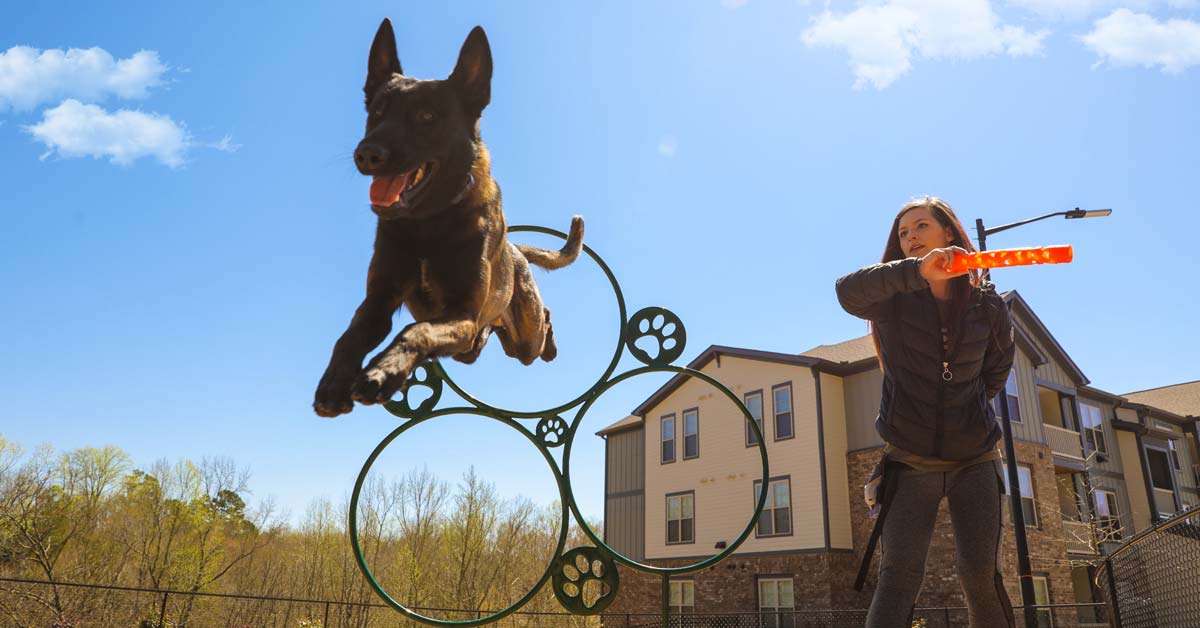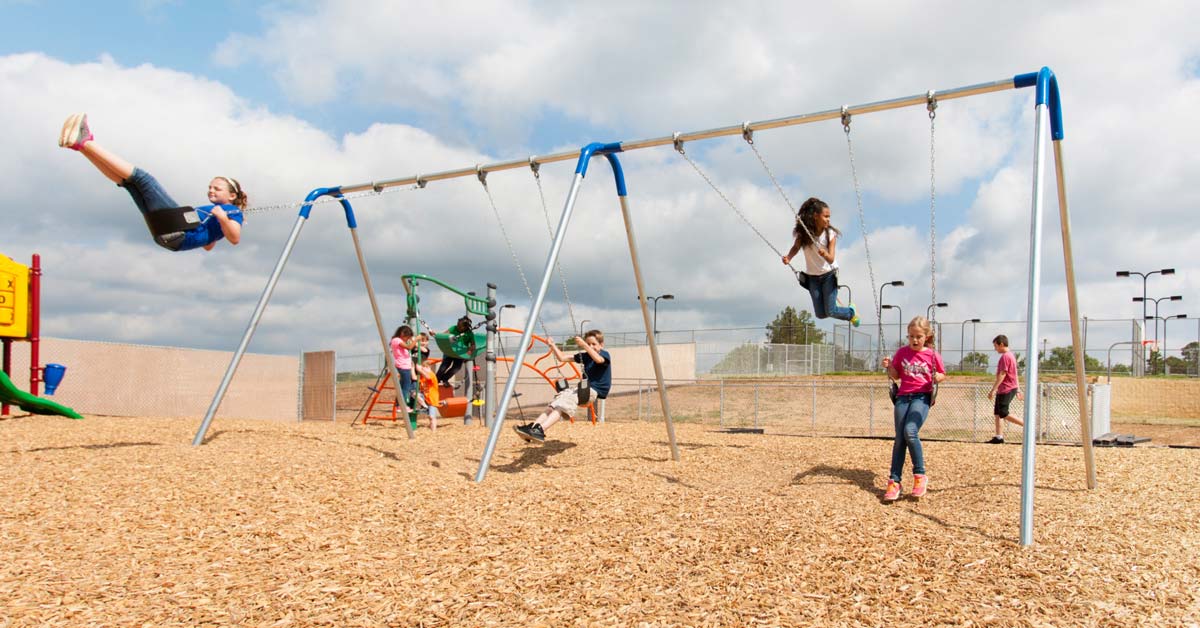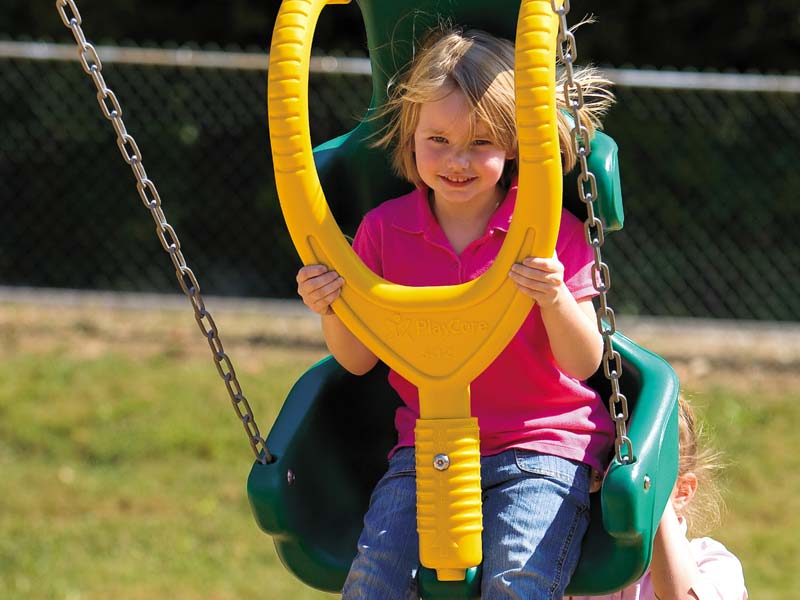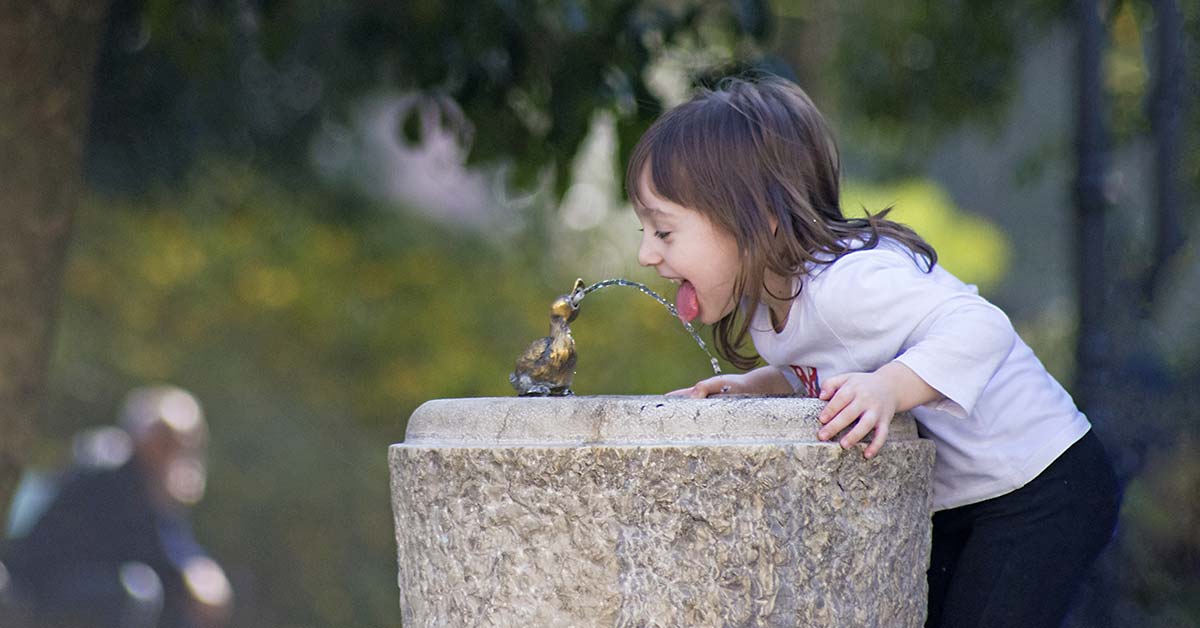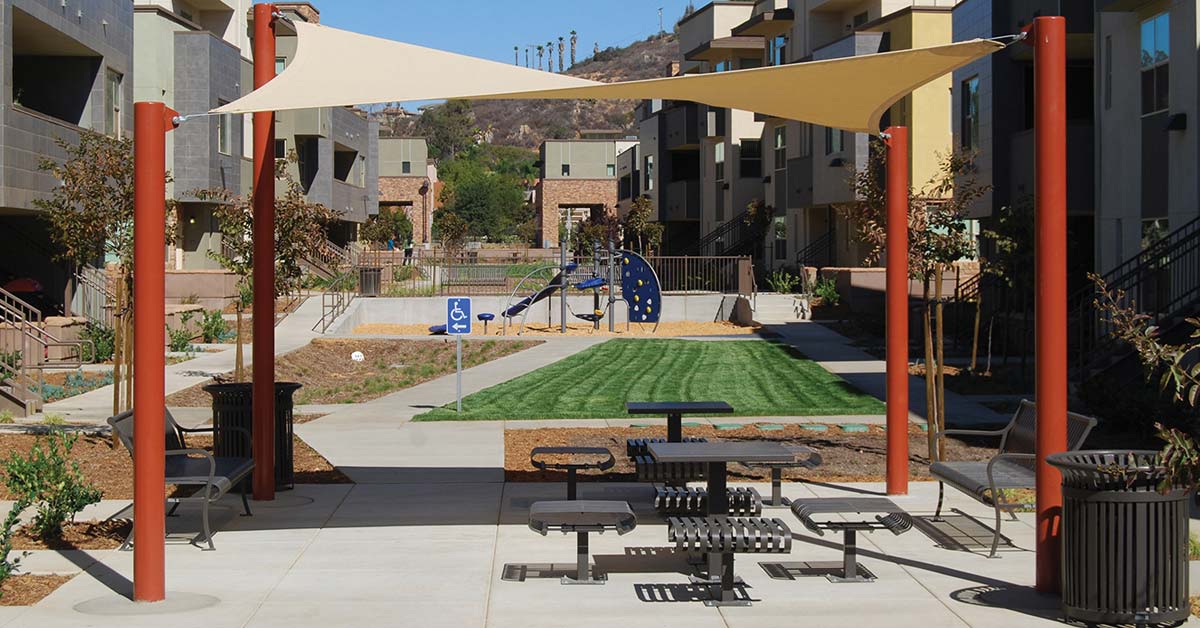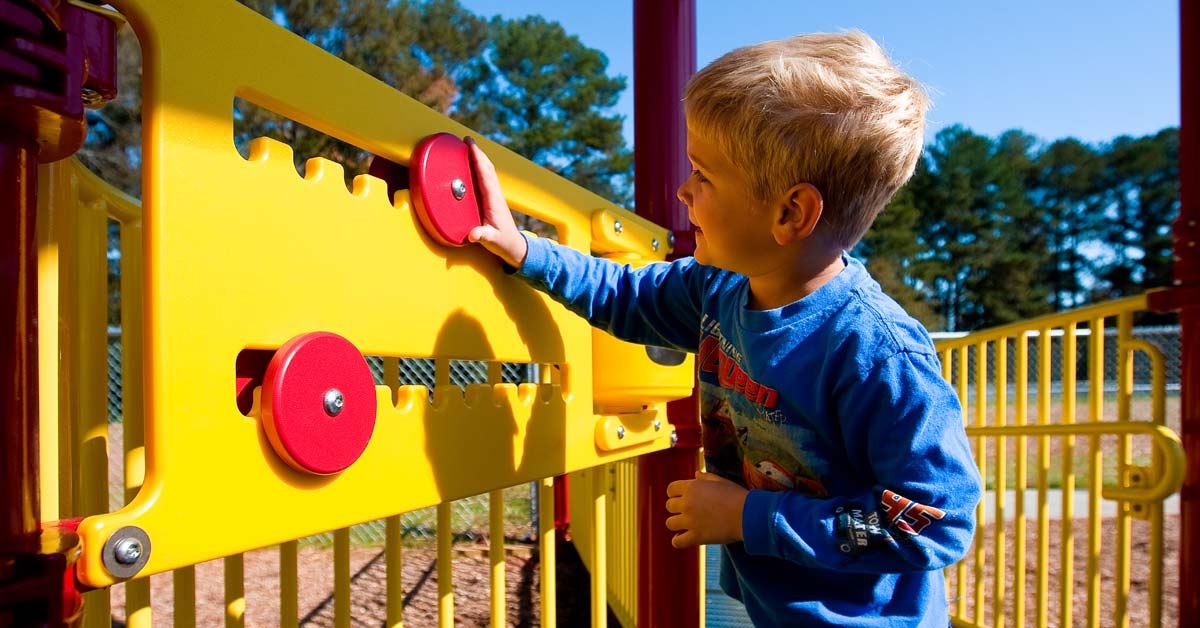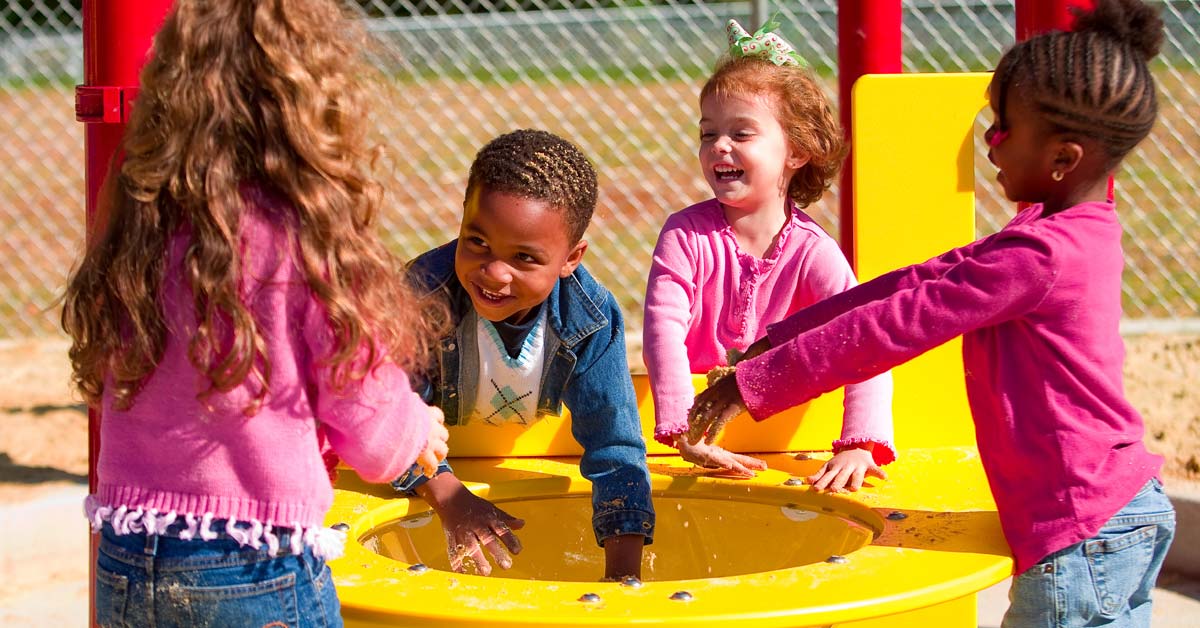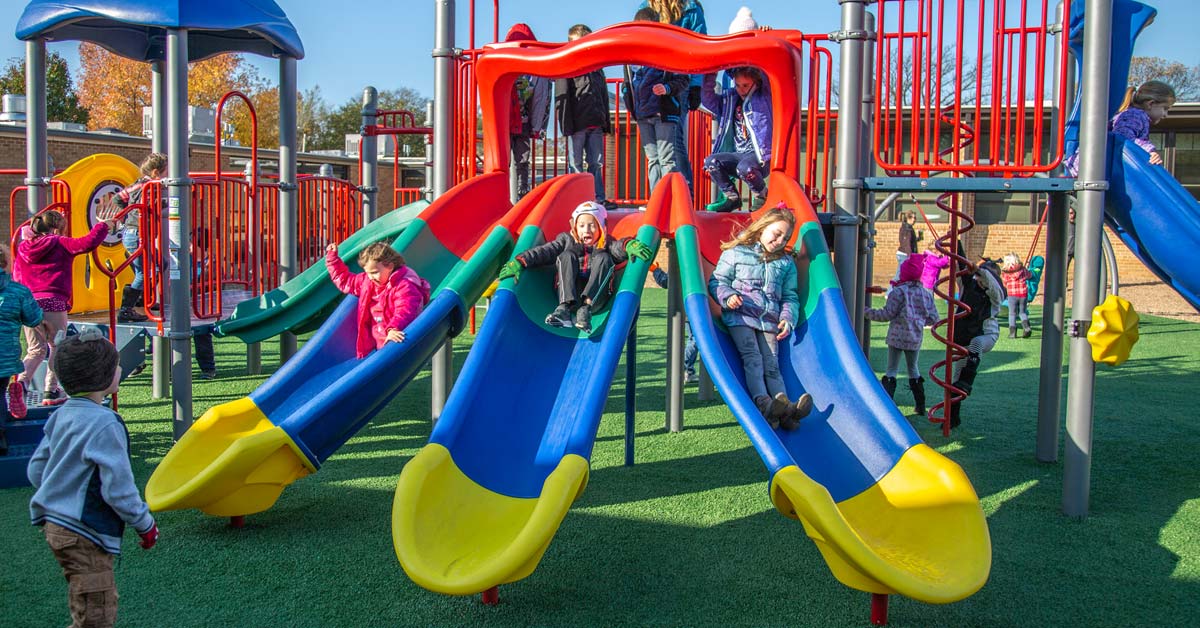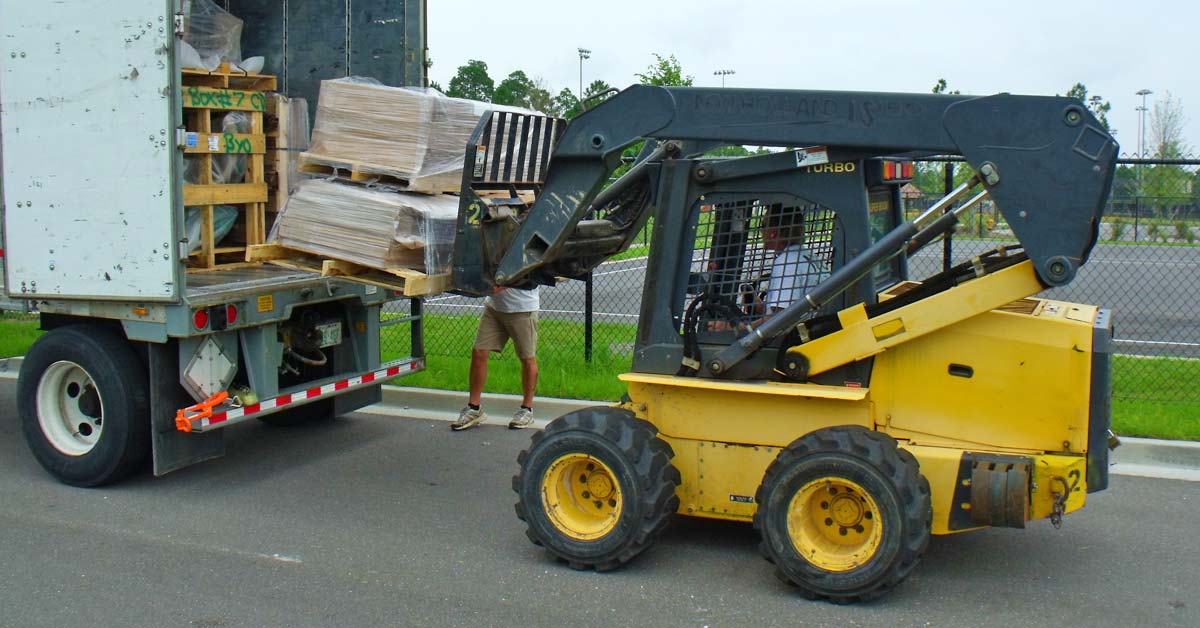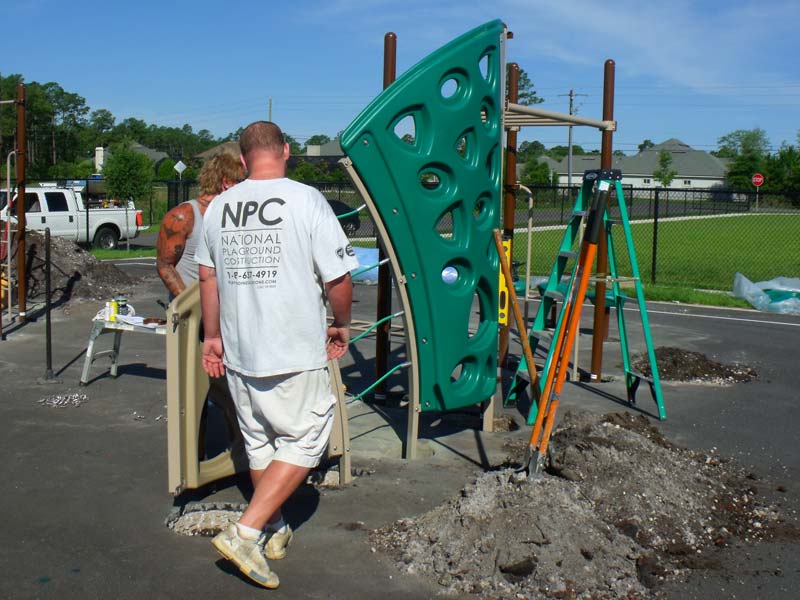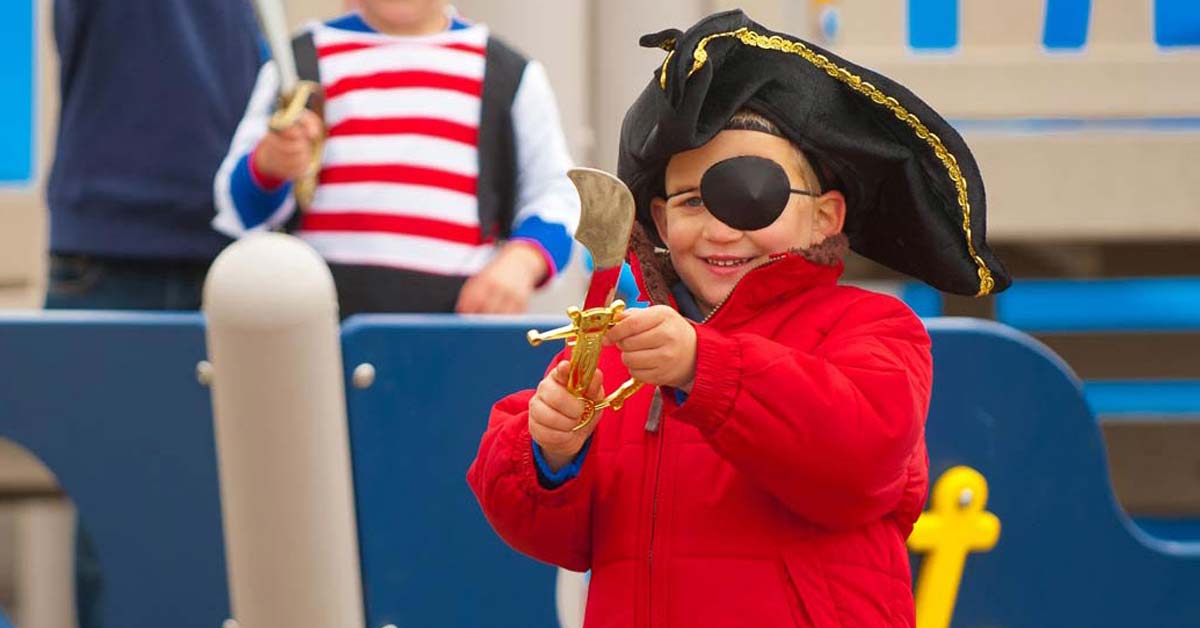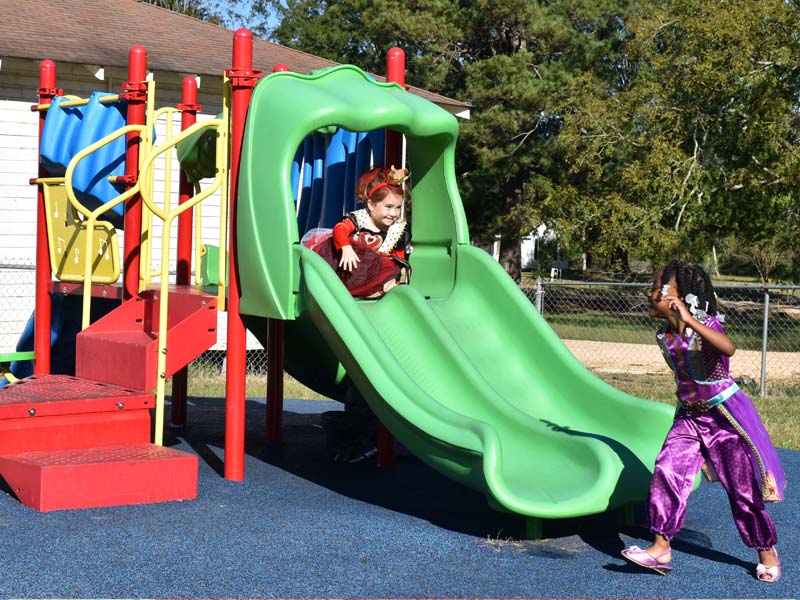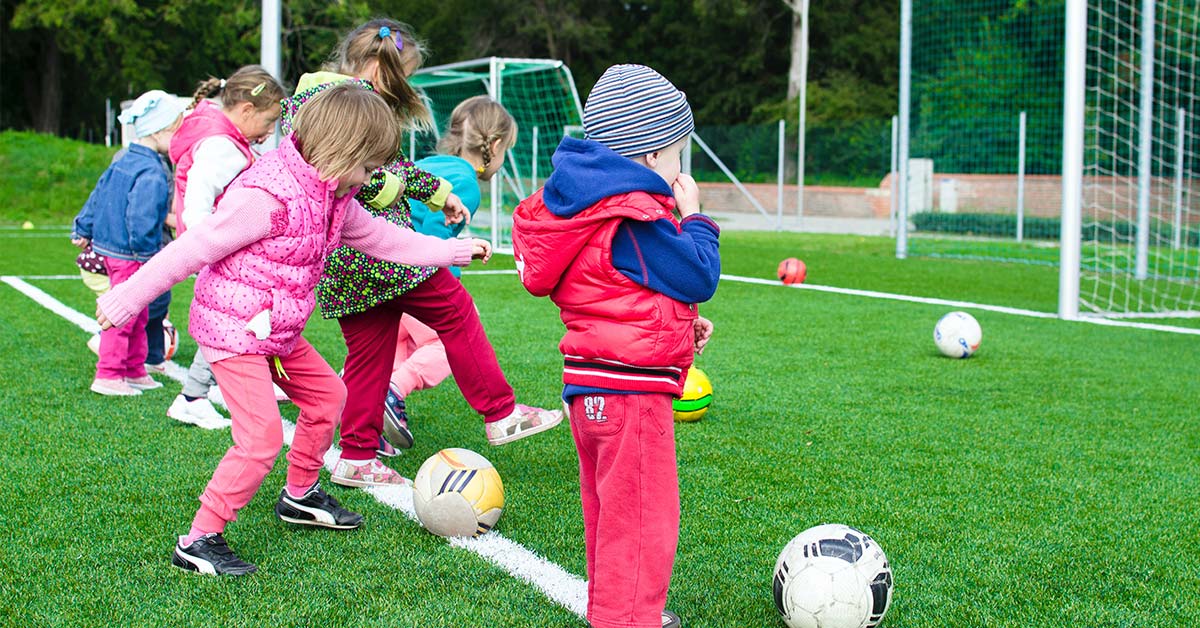Dog parks are becoming more and more popular in communities. In fact, according to the ASPCA, there are between 70 and 80 million dogs in the United States. Experts believe that common behaviors, like barking, have evolved in order to communicate with their human owners. With an estimated 33,000 years of cohabitation, it is no wonder that many dog owners think about their pets when choosing where to live, vacation and play. Dog parks are the fastest growing type of outdoor play equipment. Likewise, more new dog parks being established in urban areas than any other type of park.
Adding a dog park is a great way to bring members of your community together and increase socialization. Dog parks can even improve security in your community by encouraging neighbors to get to know one another. The good news is that dog parks are less expensive to set up and maintain than you would expect. Specialty equipment is simpler to install and generally subject to fewer restrictions than equipment for children and adults.
Selecting a Dog Park Space
You will want to choose a large, well drained space; dog parks are generally at least a quarter acre in size. The area will need to be fenced in to allow off leash play and close attention should be paid to the lay of ground. Smoother fields will be the simplest to layout, the easiest to fence and require little to no earth moving before installation. Larger parks may benefit from a variety of terrain as long as there are no dangerous elevations or pits. These obstacles could might injure an adventurous dog or owner.
Keeping pets in the park should be a top priority and given careful consideration. Fencing should be at least 4 feet high but some breeds may be able to jump fences up to 6 feet. Providing double gated entries are a simple precaution to help prevent lost pets. Visitors enter through the first gate, latch it and unleash their pet before opening the second gate. This prevents pets from rushing through the gate as it opens.
Basic Dog Park Amenities
The best way to ensure your park space stays orderly and clean is to have clearly posted rules to assist visitors. Just like a humans only park, your dog park should have regularly placed trash cans to help prevent littering. To prevent a buildup of pet waste in your park, include pet waste stations throughout your park. Pet waste stations are very effective at encouraging owners to pick up waste. In fact, many communities are adding them to other pet friendly public spaces like jogging paths and barbecue spaces.
All dog parks should be designed to be ‘off leash’ play spaces but many pet owners don’t realize that leaving a pet leashed around other pets can quickly spell disaster. Prevent accidents by clearly postings signs that remind owners that all pets must be off leash in the dog park space. Providing leash holders by the entrance is a simple way to reinforce the rules while offering guests a convenient place to store leashes up off the ground. Hydration is important to both people and pets. Water fountains with spigots for both people and dogs built into the design are becoming increasingly popular in all park spaces. Many dog parks also include amenities like park benches and shades that encourage human guests to stay longer.
Bonding With Your Canine Through Play
Devoted dog owners may be looking for a better way to bond with their pets and encourage exercise. Adding an obstacle course to your dog park is a great way to encourage pets and their owners to engage in a healthy lifestyle while bonding through training. Dog park equipment does not require special surfacing and is generally simple to install. A wide range of specialty equipment is available to provide engaging exercise for all breeds. If your park will be welcoming dogs in a wide range of sizes, select adjustable equipment that allows the pet owner to select the appropriate level of difficulty.
If you choose to set aside an area of your dog park for small dogs and puppies or are installing equipment in a community that only allows smaller dogs you may wish to select specialized equipment designed exclusively for small and toy breeds. You may also choose to place obstacles closer together than you would in a park that allows dogs of all sizes. Be sure to only use equipment that has been specifically designed by use for dogs and not to use any human playground equipment.
The Bark Park line has been designed to be safe for use around people and pets and features canine coat thermoplastic coating which is designed for outdoor use in all weather and is both slip and urine resistant. BYO Recreation sells and installs Bark Park dog park equipment because we care about the comfort and safety of pets and their owners.
